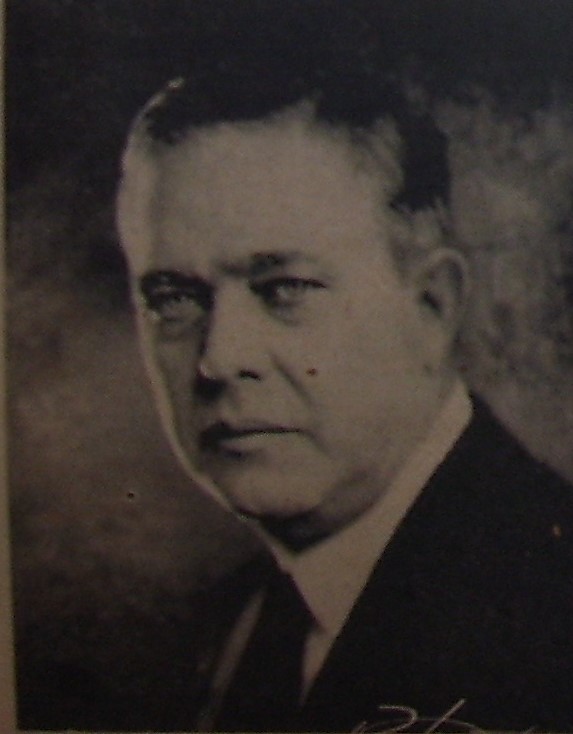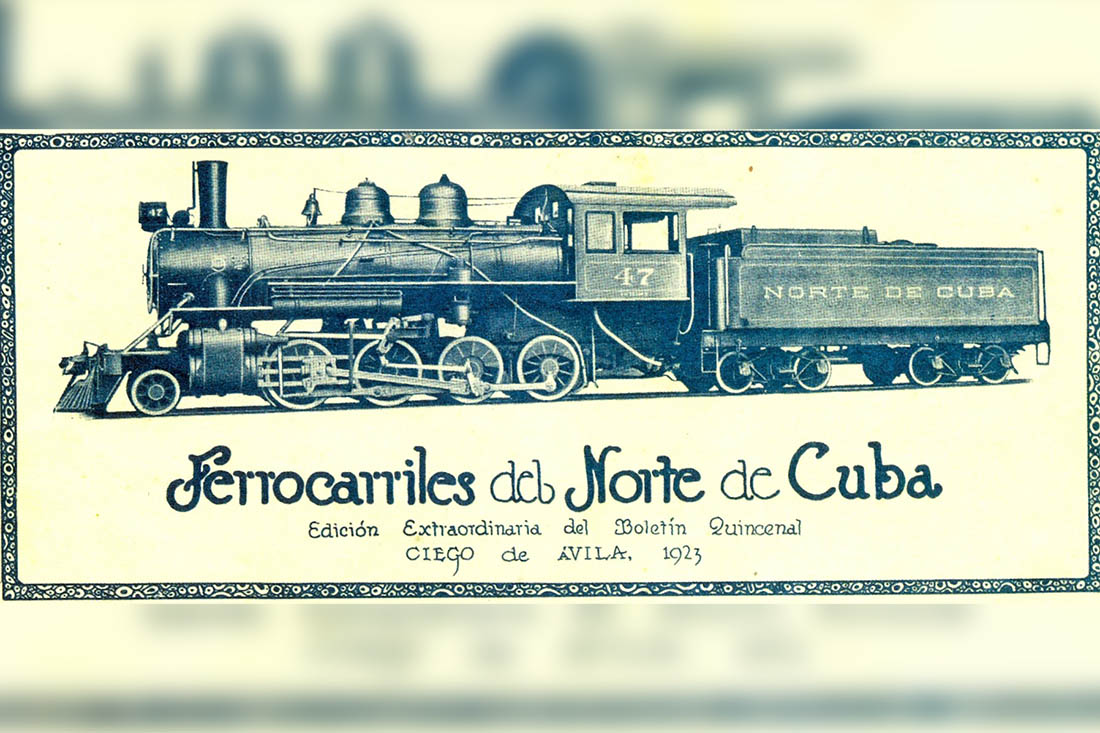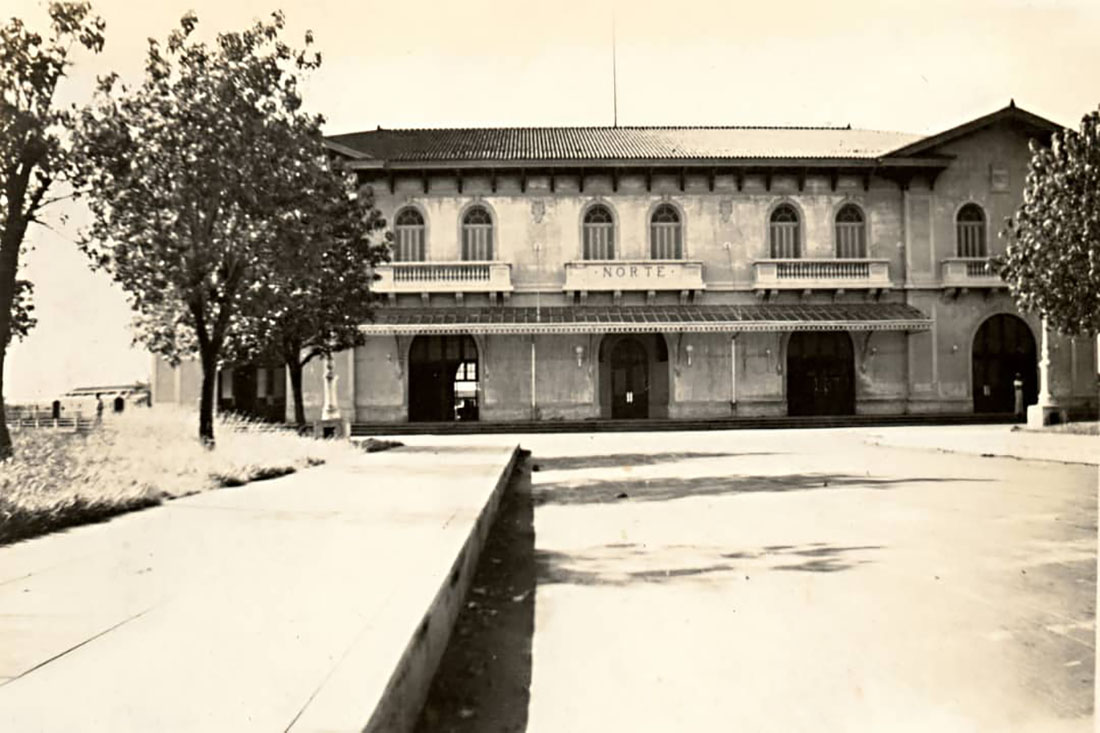During the 19th century, the Nuevitas-Puerto Príncipe railway company was insufficient in the Camagüey region. Faced with such circumstances, new railway projects were needed, one of them would come to fruition in 1916 with the birth of the Cuban Northern Railroad Company.
Its predecessor José Miguel Tarafa de Armas Cubanizes it by converting it on May 1st, 1918 into the Ferrocarriles del Norte de Cuba, to receive the 3,000,000 pesos of subsidy from the Cuban government. One of the objectives of the company was the construction of the Nuevitas & Caibarién Railroad, a key factor to attract North American-Canadian capital through firms such as The Montreal Trust Company, Royal Bank of Canada and the National City Bank of New York.
The Cuban businessman who owns sugar properties, and owner of the Cuban Distilling Company, dedicated to the export of Cuban and Puerto Rican honeys, partner of North American investors such as Horacio Rubens and Regino Truffin, had already ventured into the railway sector with the acquisition of the Dubrocq Railroad. , later transferred to Ferrocarriles Unidos de La Habana.
 Tarafa, together with Truffin, founded the Northern and Southern Coast Railroad Company, although his interests were marked by the construction of a railway between the ports of Nuevitas and Caibarién, for this he resorted to controversial proposals in the Senate and the House of Representatives to obtain, protected by the Subsidies Law, the possibility of building the railroad that would unite both regions.
Tarafa, together with Truffin, founded the Northern and Southern Coast Railroad Company, although his interests were marked by the construction of a railway between the ports of Nuevitas and Caibarién, for this he resorted to controversial proposals in the Senate and the House of Representatives to obtain, protected by the Subsidies Law, the possibility of building the railroad that would unite both regions.
In November 1913, Tarafa acquired the Nuevitas & Puerto Príncipe Railroad at auction, which was in the hands of the heirs of former founding owners, including the Betancourt family, however, a year later he must transfer the property to The Cuba Railroad. Company, due to lack of capital, later bought the state railway from Júcaro to Morón for 800,000 pesos.
On the other hand, on October 16th, 1916, the construction of the infrastructures for the HQ of the company to the west of the Morón city began, where the Workshops and the Administrative Center were erected, the latter located in a representative building of the national railway architecture, where the stained glass windows with floral decorations, the use of wood and French tiles stand out. Currently declared a National Monument.
The company’s railway line was inaugurated on June 1st, 1919. Another one from Esmeralda to Florida was built, to provide services to the Estrella, Agramonte and Céspedes sugar mills, another route guaranteed the transportation of the Cunagua sugar mill. In 1921 its railway lines benefit the Camagüey colossus Jaronú.
And, among the curious data of its history, it is the inauguration in 1919 of the modern maritime terminal Puerto Tarafa, at a cost of 5,000,000 pesos, which became the largest sugar exporter in the world, and the extension of its railway lines to the central line in Santa Clara in 1930.
However, on October 9th, 1923, the Railway Consolidation Law was approved, known as the “Tarafa Law”, which authorized the construction of a national company, with the consolidation of three railway companies, of which two should be Cuban; in this case that of the Cuban Northern Railroad Company and the Camagüey & Nuevitas Railroad Company and the North American The Cuba Railroad Company. The law prohibited the construction of new railways where the Consolidated would serve. With it, the railway monopoly in Cuba was legally established.
The Consolidated Railways of Cuba Company was established on July 28th, 1924, its president was Mr. Horacio S. Rubens. Its board of directors was made up of personalities from financial circles in the United States. Among his junior associates was Colonel José Miguel Tarafa.
Today, close to the 320 km of railway lines of this old company, the presence of towns such as Sola, Lombillo, Jiquí, Donato, Esmeralda and Tabor, benefited from the railway development invite you to a a trip down memory lane about the railroad in the Camagüey region, to reveal dissimilar aspects that made the province the second railway hub in Cuba.
Translated by: Aileen Álvarez García







